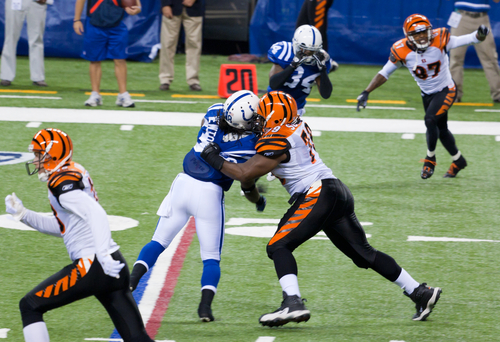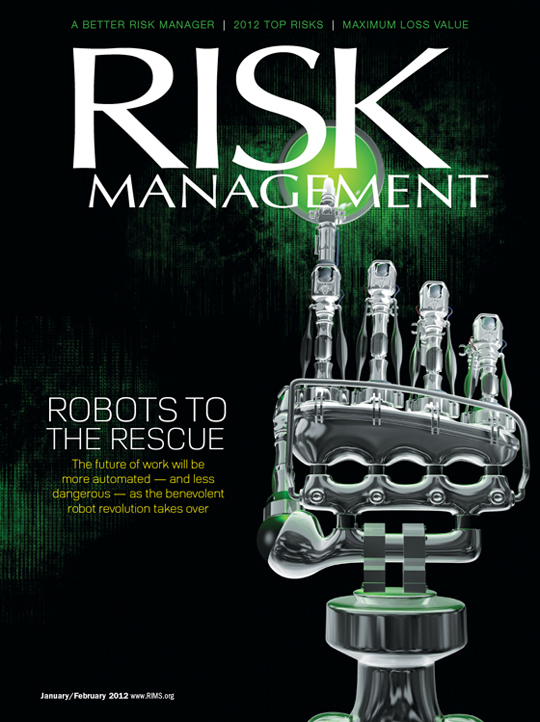On the heels of Ernst & Young’s recently released 2012 Global Consumer Insurance Survey, I spoke with David Hollander, Ernst & Young’s global insurance advisory leader, to ask a few questions the report brought up.
The report states that, in regards to younger P/C consumers, the brand can command a higher premium. Do you find this surprising and why?
DH: Initially, yes. We thought many of the millennials would be active in price competitive shopping and that price would be dominant. However, when considering the findings, we realized that this segment is accustomed to massive ad campaigns focusing on the importance of brand across all industries and the finding became less of a surprise.
What do you see for the future of online P/C business? Will it eventually be completely online or will customers always demand face time?
DH: There are many products within the P/C spectrum. Many of those products will fit and move more quickly to a web-based sales mechanism. For some products, we do see a continued shift to more “direct to company” or “aggregator” usage over the next five to 10 years. However, in no way will consumer interaction be completely web based. Companies will counteract by bundling products prompting consumers to seek more info from a live person. Also, in our study, consumers resoundingly stated that when it comes to servicing, especially when making a claim or purchase they want personal interaction.
The report states that a mere 31% of P/C consumers in Brazil are satisfied with their claims experience, as compared to 71% in the U.S. and 68% in Mexico. Why do you think there is such a vast difference?
DH: The difference in Brazil can be attributed to several factors. While in the Americas the top three measures insurers can take to improve the claims experience were: Dealt with my claim more quickly (33%), provided a better level of communication with me during the claims process (32%) and provided a more personal service (23%).
In Brazil, the same top three measures were noted, but all were mentioned by more than 40% of the customers. For instance, more than 50% of the customers expect quicker service.
Additionally, as a response to the low interest rate environment in Brazil, some insurers directed their focus on efficiency gains. One of the steps some Brazilian insurers took was to tighten their negotiations with claims services providers resulting in a reduced quality of claims servicing to customers.
In your opinion, what was the most surprising finding of the Global Consumer Consumer Insurance Survey 2012?
DH: Actually, we found three. The first being the favorable position of the insurance industry overall as a trusted provider of insurance and other investment products. The second being the degree to which consumers desire to purchase multiple products from the same product provider. And the third is the degree to which the insurance industry is behind others in rewarding loyal customers and conducting customer retention programs.



